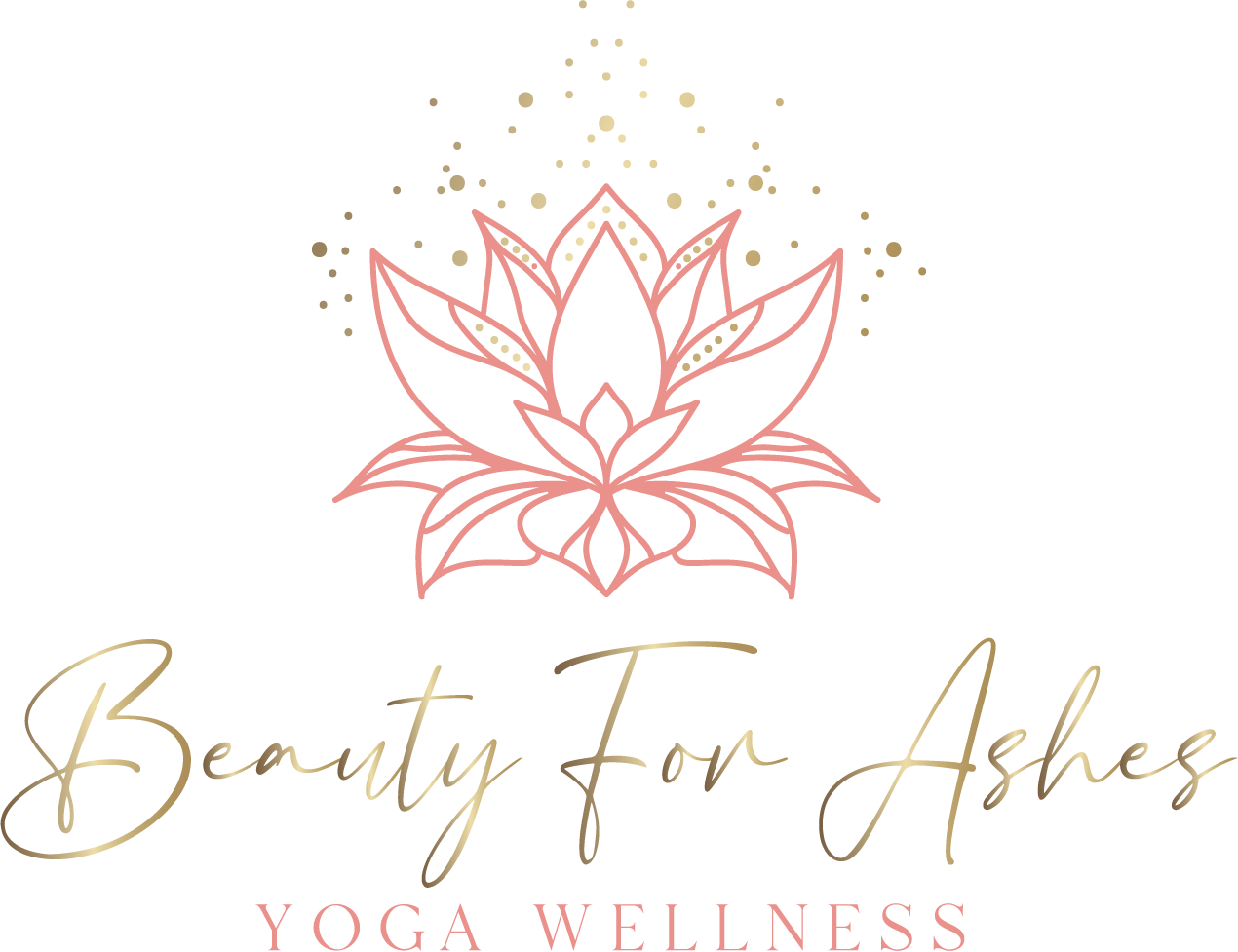What is Vinyasa Yoga?
I’m Kimberlee Wambua and as a Registered Yoga Instructor, Vinyasa yoga has always been one of my favorite types of yoga to teach and practice. It has helpedu keep me ground when I was going to a divorce and helped me heal so I could find love again. It also helped me learn how to control my breathing, eliminate my panic attacks, release anxiety, and feel good in my body.
Vinyasa yoga is a dynamic and invigorating style of yoga that seamlessly connects movement with breath. Derived from the Sanskrit word "vinyasa," meaning "to place in a special way," this practice emphasizes the art of flowing from one pose to another in a synchronized manner. It offers a myriad of benefits for the body, mind, and spirit, making it a popular choice among yoga enthusiasts worldwide.
Flowing Movement and Breath: Vinyasa yoga is characterized by its continuous, fluid movements, where each pose smoothly transitions into the next. The breath becomes the vital link that guides the practitioner throughout the practice, bringing a sense of mindfulness and focus to every movement. This mindful synchronization of breath and movement creates a moving meditation, promoting a state of inner tranquility and harmony.
Benefits of Vinyasa Yoga: Vinyasa yoga offers a host of benefits for both the physical and mental well-being. The dynamic nature of the practice improves strength, flexibility, and balance. It increases cardiovascular endurance, enhances body awareness, and tones muscles. Regular practice can also promote weight loss and aid in detoxification.
On a mental and emotional level, Vinyasa yoga helps to reduce stress and anxiety, promoting a sense of calm and clarity. It cultivates mindfulness and presence, allowing practitioners to develop a deeper connection with their bodies and minds. The practice encourages self-reflection and self-discovery, nurturing a sense of inner peace and personal growth.
Popular Yoga Poses in Vinyasa: Vinyasa yoga offers a wide array of yoga poses that are commonly incorporated into its sequences. Some of the most popular poses include:
Downward-Facing Dog (Adho Mukha Svanasana): This pose stretches and strengthens the entire body, particularly the arms, shoulders, and hamstrings.
Warrior II (Virabhadrasana II): Warrior II builds strength and stability while improving focus and concentration.
Tree Pose (Vrksasana): Tree pose develops balance and concentration while grounding the body and mind.
Plank Pose (Phalakasana): Plank pose strengthens the core, arms, and shoulders, and builds overall body strength.
Upward-Facing Dog (Urdhva Mukha Svanasana): This pose opens the chest, strengthens the arms, and stretches the back, providing an invigorating sensation.
Conclusion: Vinyasa yoga offers a dynamic and transformative journey that combines movement, breath, and mindfulness. Through its flowing sequences and mindful transitions, practitioners can experience improved physical fitness, reduced stress, and a deeper connection to their inner selves. Explore the beauty of Vinyasa yoga, embrace the flowing movements, and allow yourself to embark on a transformative path of wellness and self-discovery.
